Article
This channel provides Gstarsoft useful articles , in order for you to better use Gstarsoft.
2024-10-22 509
When selecting a large-format printer for printing CAD drawings, there are several factors to consider to ensure that the printer meets your specific needs for accuracy, quality, and efficiency. Here's a guide on what to pay attention to:
1. Print Size (Maximum Print Width)
1) Size Requirements
Ensure the printer can handle the largest drawing sizes you work with. For CAD drawings, common sizes include A1 (23.4 x 33.1 inches) and A0 (33.1 x 46.8 inches).
2) Wide-Format Printers
Look for a printer that supports wide-format printing, typically in sizes ranging from 24 to 44 inches or larger.
2. Print Resolution
1) High Resolution
CAD drawings require precision and detail, so a printer with at least 1200 x 1200 dpi (dots per inch) resolution is important to capture fine lines and details.
2) Line Accuracy
For technical drawings, accuracy is crucial. Some printers specify line accuracy, typically ±0.1% or better.
3. Ink Type and Quality
1) Inkjet vs. Laser
Inkjet printers are more common for high-quality, detailed CAD prints, especially when color is needed. Look for pigment-based ink for long-lasting, smudge-resistant prints.
Laser printers are generally faster but are typically better for black-and-white line drawings.
2) Color Accuracy
If you print in color (e.g., for architectural drawings or 3D models), pay attention to the color gamut and how well the printer reproduces colors.
4. Media Handling
1) Roll Feed or Sheet Feed
Roll feed is ideal for continuous large-format printing, as it reduces downtime caused by reloading paper.
Sheet feed works for individual large sheets but can be slower for batch printing.
2) Paper Types
Ensure the printer supports the media types you need, such as bond paper, vellum, tracing paper, or coated paper.
5. Speed and Volume
1) Print Speed
CAD drawings often require fast turnaround times. Look for printers with high print speeds, typically measured in pages per minute (PPM) or inches per second (IPS). Some printers specify a print speed for specific sizes (e.g., 30 A1 prints per hour).
2) Duty Cycle
Check the monthly duty cycle, which indicates the printer's capacity for high-volume printing. This is crucial for large projects or frequent use.
6. Cost of Ownership
1) Printer Cost
Large-format printers can be expensive upfront, but consider the total cost of ownership, including:
2) Ink or toner costs
Large-format printers can use a significant amount of ink or toner, so check the cost and yield of cartridges.
3) Media costs
The paper rolls or sheets used for large-format printing can also add up.
4) Maintenance
Some printers have self-maintenance features, while others require regular servicing, so factor in ongoing maintenance costs.
7. Connectivity and Workflow
1) USB, Ethernet, Wi-Fi
Ensure the printer has the necessary connectivity options for your workflow. Wi-Fi capability is convenient for shared office environments.
2) Cloud Printing and Mobile Printing
If you or your team needs to print remotely, check if the printer supports cloud services or mobile printing.
3) CAD Software Compatibility
Make sure the printer is compatible with your CAD software, supporting file formats like PDF, DWG, DXF, etc.
8. Driver and Software Support
1) Printer Drivers
The printer should offer robust drivers that integrate well with your operating system (Windows, macOS, etc.) and CAD software.
2) Software for Print Management
Some printers come with software for managing large print jobs, previewing prints, and optimizing ink use.
9. Durability and Longevity
1) Build Quality
Since you’ll be printing large drawings regularly, the printer should be durable enough to handle extended use.
2) Warranty and Support
Ensure the printer comes with a good warranty and access to reliable technical support.
10. Additional Features
1) Automatic Cutting
Some printers have a built-in paper cutter, which is convenient for trimming large drawings.
2) Dual-Roll Option
Some models allow you to load two rolls of different media types for seamless switching between projects.
3) Memory and Processing Power
Check the printer’s internal memory and processing power, as this impacts the speed at which complex files (like large CAD designs) are processed and printed.
By paying attention to these factors, you can choose the best large-format printer for your CAD drawing needs.
Welcome to the GstarCAD Support center, where you can find useful articles and troubleshooting resources, etc. for CAD . To View details, you can visit CAD overview, Download and buy online
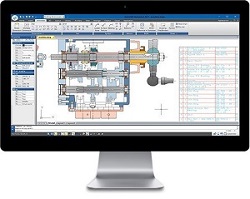
2025-02-17
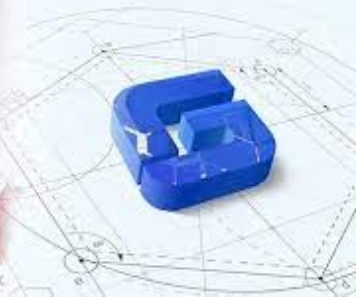
2025-02-17
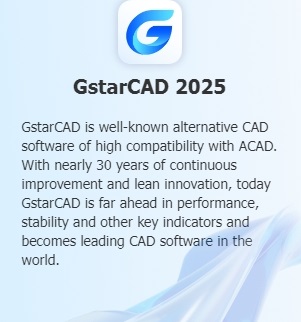
2024-12-26
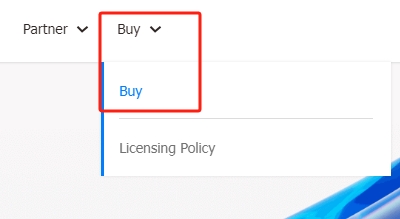
2024-12-26
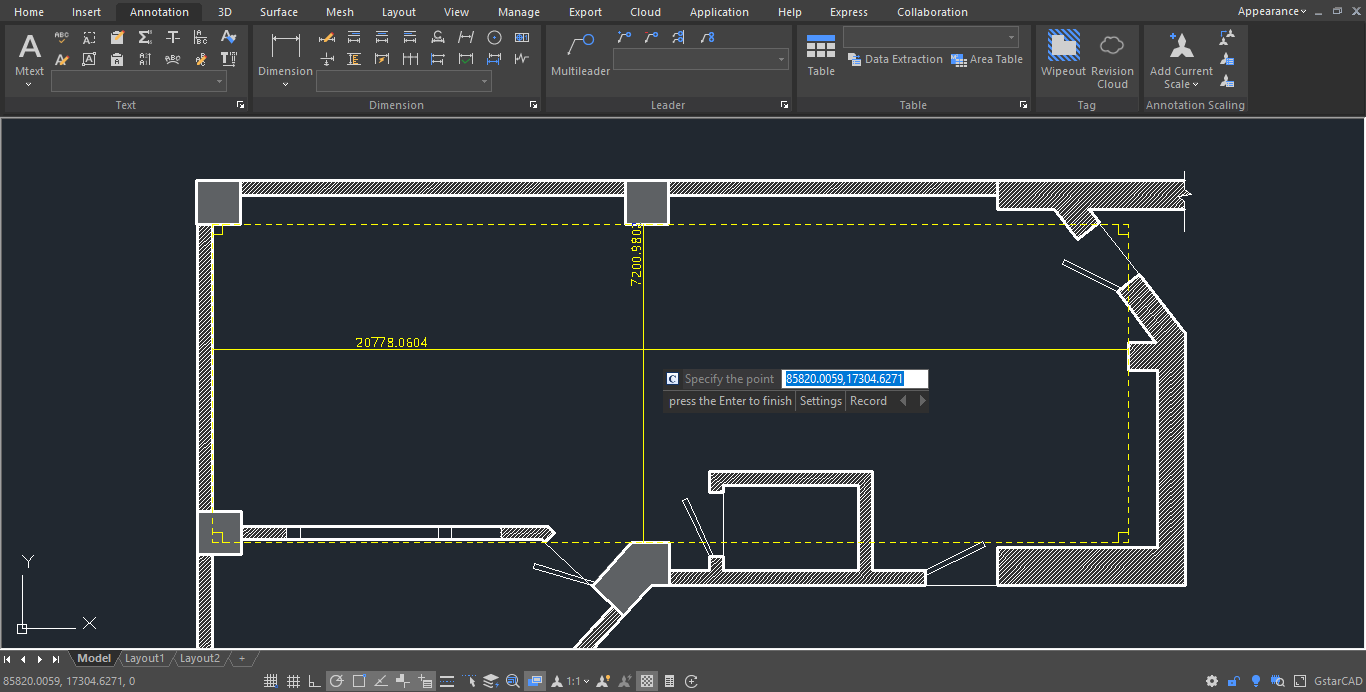
2024-11-25
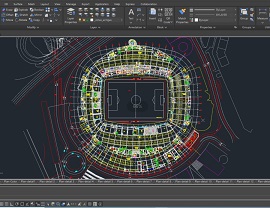
2024-11-25
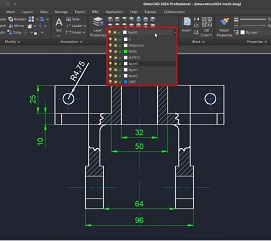
2024-10-28
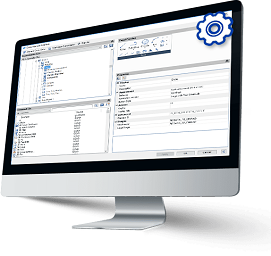
2024-10-28